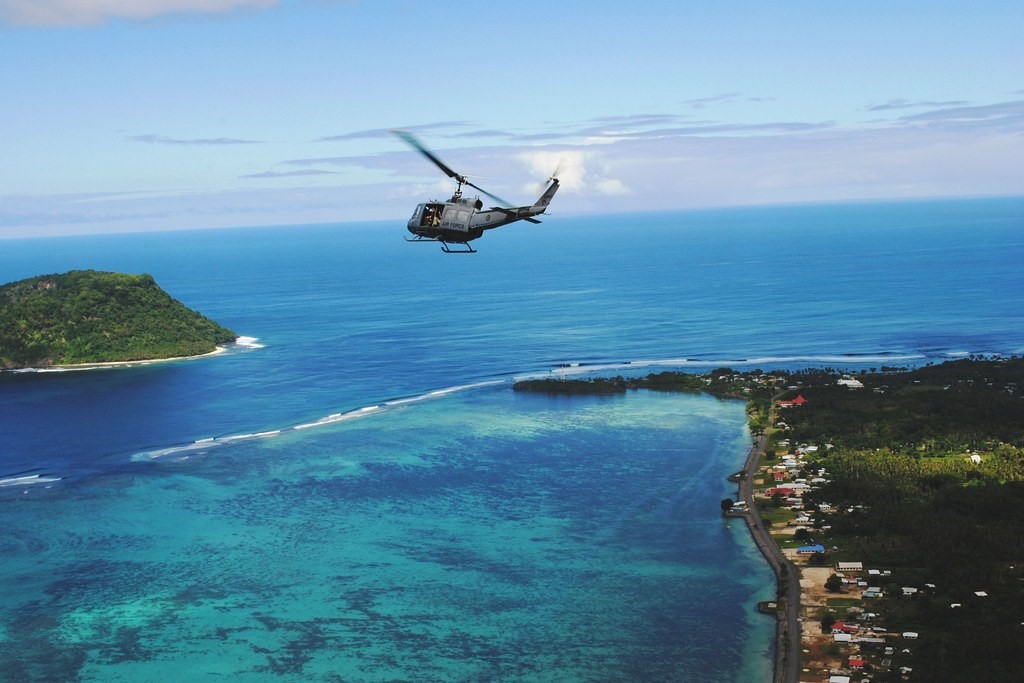8 Facts About Education in Tokelau

Over the past half-century, the island of Tokelau has struggled with sustainable education due to its remote location. However, in recent years, its educational system has experienced tremendous growth and the government is overseeing its continued improvement. Listed below are 8 facts about education in Tokelau and their implications.
8 Facts About Education in Tokelau
- The island is divided into three atolls. According to the 2016 census, Tokelau has a total population of 1,499 people, which is fairly evenly distributed amongst the three atolls. There is one school in each atoll for a total of three schools on the island. Each encompasses primary, secondary and post-secondary levels of education from ECE to year 13. The total student population across the three schools is just over 400.
-
The official language of study is Tokelaun but students must also learn English as a foreign language. From year three, schools introduce English into the curriculum for 20 percent of the school time; at year four, schools increase English to 30 percent of the time; year five to 40 percent; and year six to 50 percent. From year six to year 11, the curriculum consists of the preparation, teaching and assessment of students at 50 percent English and 50 percent Tokelauan. Around 45 percent of Tokelauns aged 15 years or over reported having good or very good English reading skills, whereas only nine percent of Tokelauans aged 75 or above reported this, indicating an increase in bilingualism among residents through the years.
-
The village councils or the Taupalegas run the schools. In 2010, the average student-teacher ratio was about 17 to one. The Education Department oversees the development of schools, training of teachers and scheduling of the annual National Scholarship Examination. The examination decides which students are eligible for the Tokelau Scholarship Scheme. The government developed this program to grant scholarships to the top 10 performing students so they could pursue higher education abroad. The scholarships require the recipients to return to Tokelau upon completion of their studies abroad so that they may apply their skills toward the country’s development.
-
Up until 2008, schools did not offer senior secondary education Tokelau. Students who wished to pursue education beyond year 11 had to study abroad. A primary goal of the Education Department was to implement year 12 and year 13 learning programs on the island. Tokelau achieved this in 2008 through the Senior Secondary Education Programme which established year 12 in each school and then year 13 in each school in 2009. This has resulted in an increasing number of students eligible and with the necessary prerequisites to access undergraduate tertiary studies.
-
According to UNESCO, the educational system faces many challenges due to the island’s isolated nature, rendering transport and telecommunication services unreliable. Consequently, there has been poor school leadership and a shortage of qualified/certified teaching staff. A majority of the teaching staff are women with family responsibilities and the expense and inconvenience of travel make attending off-atoll training services difficult.
-
From 2000 to 2010, the government of Tokelau has worked with the Volunteer Service Abroad Program (VSA) to combat challenges of the educational system. VSA sent 26 New Zealand volunteers undertaking 28 assignments. Volunteers on each atoll trained and recruited volunteer teachers for specifically requested subjects that local teachers lacked the teaching qualifications and experience to provide. There was strong evidence that suggested that the government built and strengthened the capacity of the schools. However, a number of factors including the structure and governance of the Tokelau Education system, uncertain leadership and unmotivated staff inhibited this.
-
In 2011, the Department of Education implemented reforms to address the issue of poorly qualified personnel, implementing regular Principal Professional Development to improve school leadership and on-atoll pre-service teacher DFL training courses for the teaching staff. The Government currently funds up to four pre-service teacher trainees for each village enrolled through a DFL University of the South Pacific undergraduate program. Tokelau aims to have 80 percent of all primary school teachers with relevant qualifications. Effective school leadership through good management and governance structures and processes has also improved student achievement.
-
In 2011, males were more likely to have completed secondary school than females, but in 2016, this gender gap had decreased from five percent down to less than two percent. One can attribute the decrease in gender disparity to the growing role of the women’s committee referred to in Tokelau as the Fatupaepae. The Fatupaepae is one of the three in community-based organizations (CBOs) that contribute to the well being of the community.
These 8 facts about education in Tokelau illustrate its tremendous progress in the past half-century. Education in Tokelau continues to progress, particularly as the Department of Education combats the island’s challenges of accessibility. These 8 facts about education in Tokelau show that the country is working to ensure that the educational needs of its residents are being fulfilled.
– Bradley Hu
Photo: Flickr
